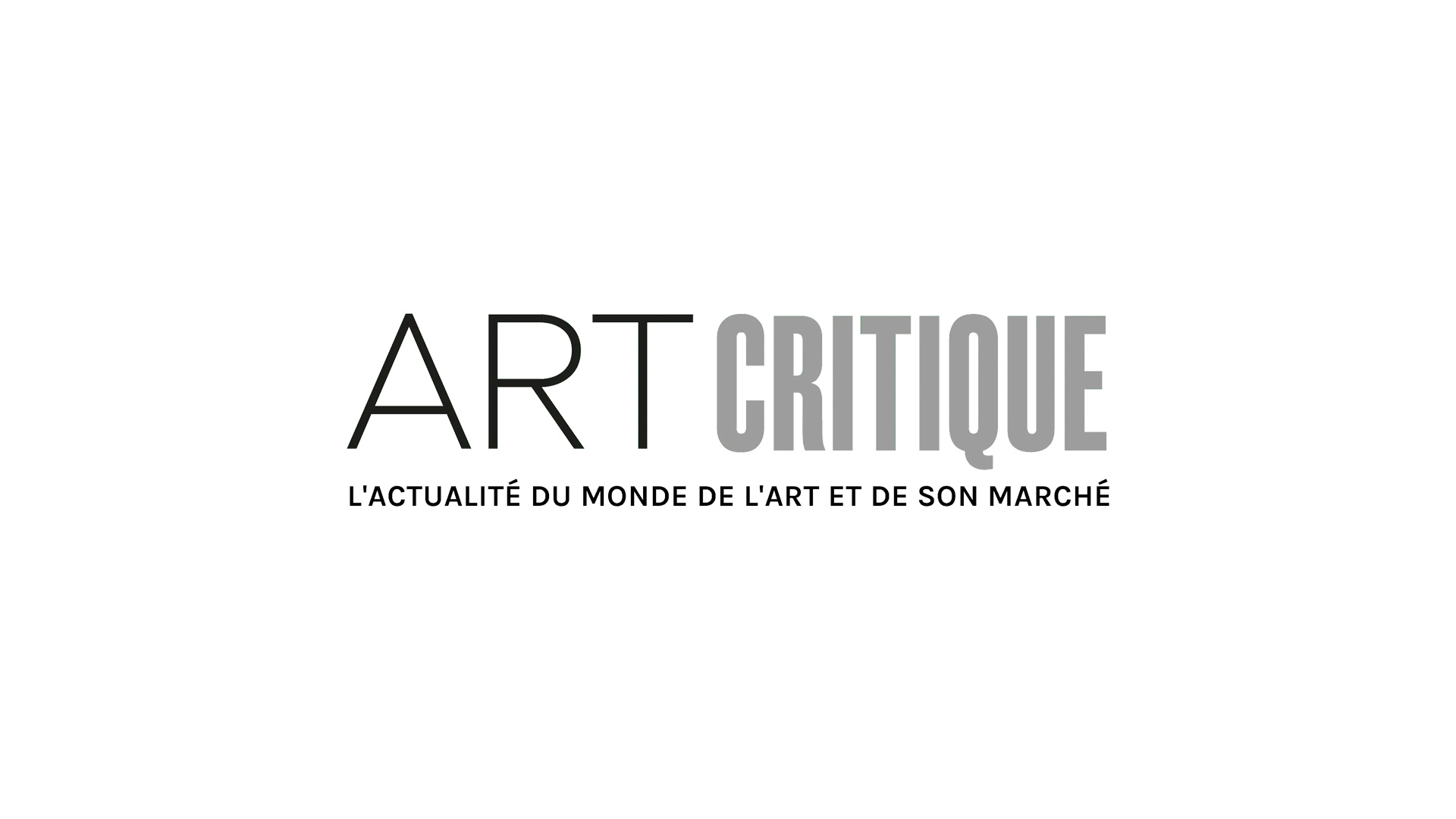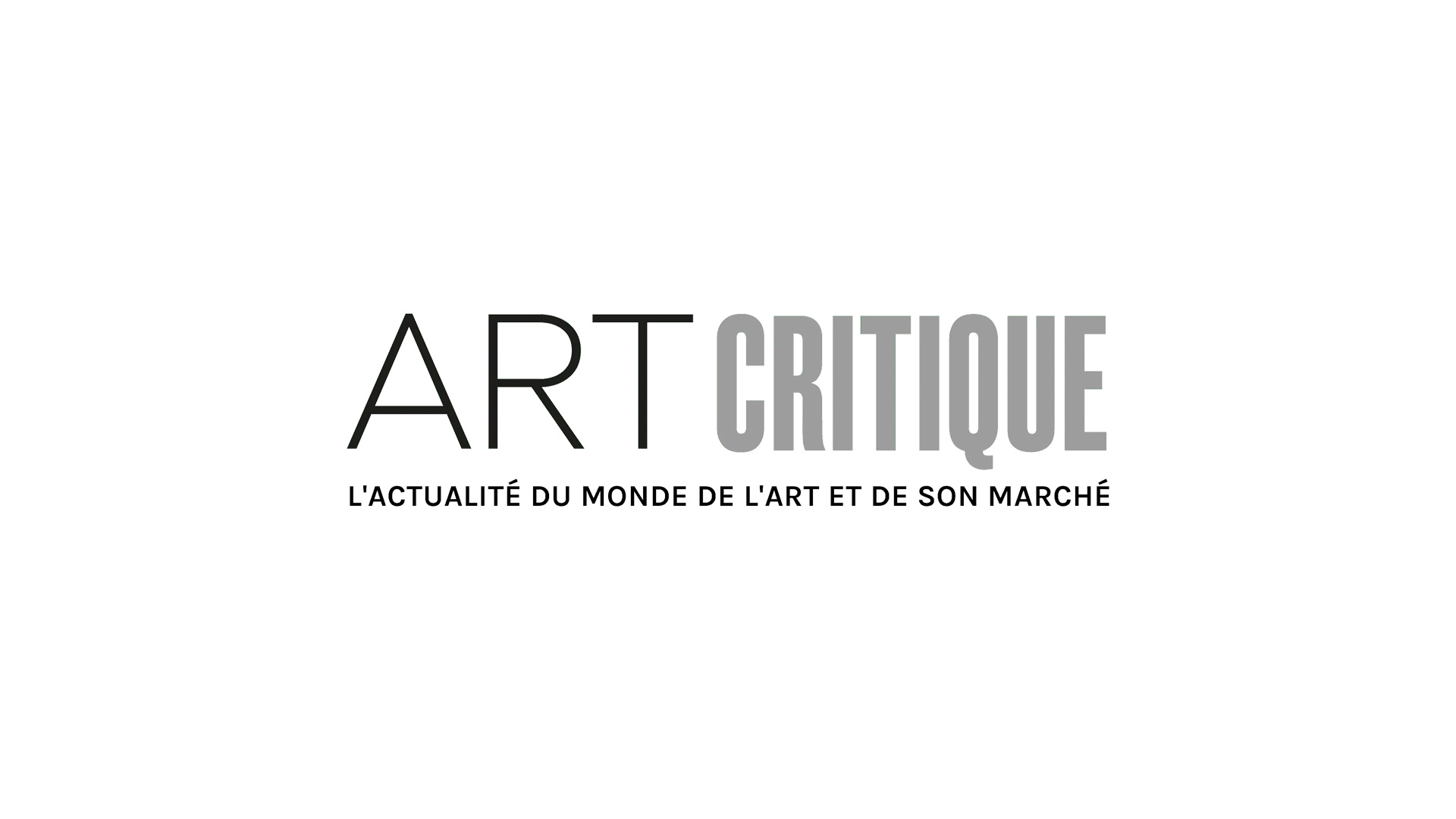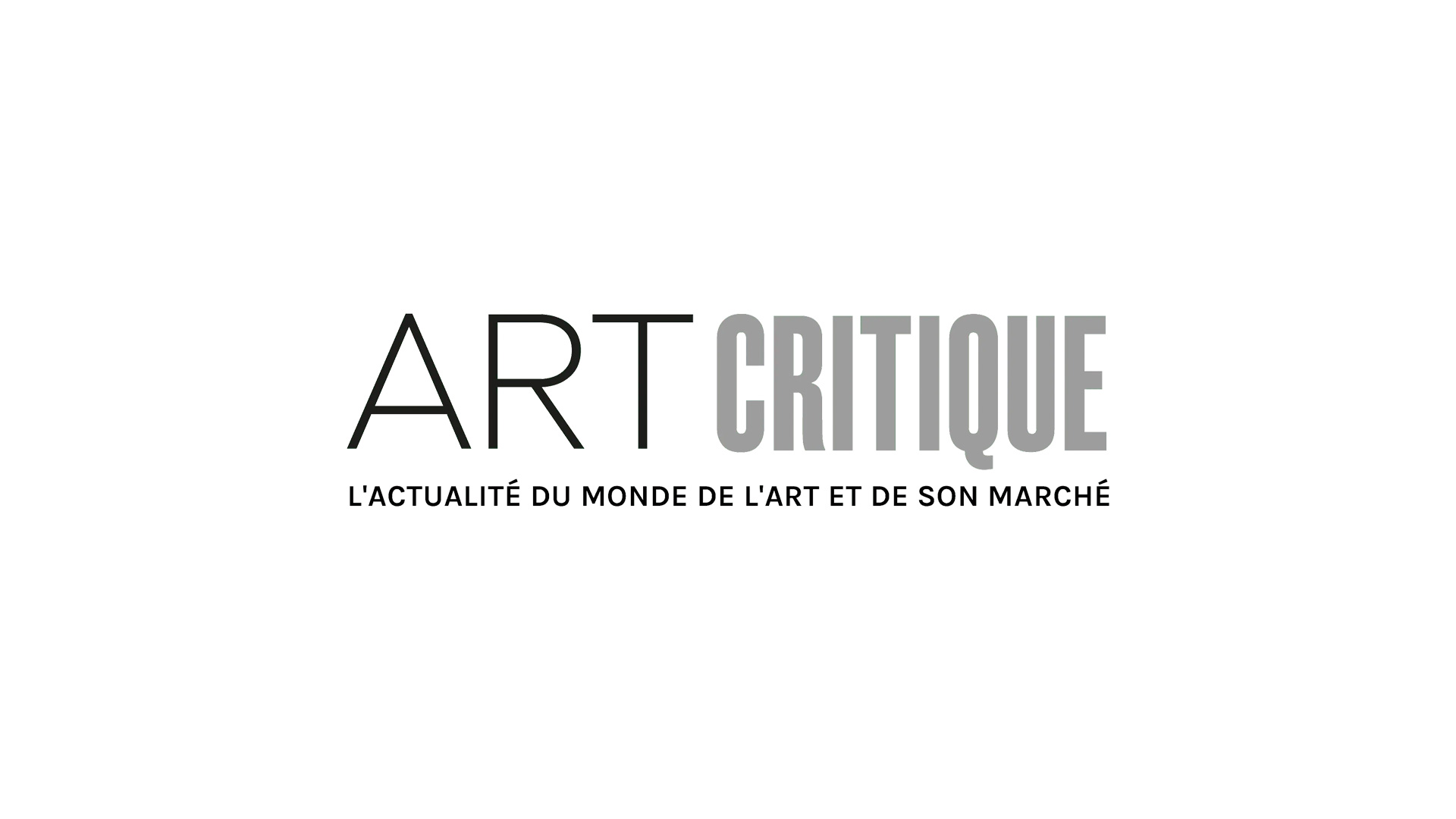In November, the French supreme court ruled that the droit de suite – resale royalties benefiting artists or their heirs – could lawfully be charged to the buyers of artworks versus the seller. This ruling significantly shifts the landscape of the market for some dealers and auction houses while Christie’s France has already jumped on board. The decision comes after a long legal battle sparked by Christie’s France in 2009.
France’s droit de suite was created in 1920 as a way to support artists or, if within 70 years of their death, their heirs in the continuous sale and resale of their works. In 2007, the royalty charges were applied to sales outside of the auction house extending the responsibility to private dealers and galleries. Droit de suite rates can range between 4% for works sold for up to €50,000 and 0.25% for those more than €500,000. In 2009, though, Christie’s shook things up a bit asking that buyers partaking in their sale of the collection of late fashion designer Yves Saint Laurent and Pierre Bergé take on the levy. Following that sale, the Syndicat National des Antiquaries or SNA – a French federation of antique dealers – believed the shift created unfair competition. The SNA subsequently sued Christie’s France. In late 2012, a Paris court ruled in favour of the SNA and in 2017, the Court of Appeal of Versailles determined that the suggestive clause in Christie’s France general conditions of sale violated French law. Following the 2017 ruling, Christie’s France appealed the decision to the French supreme court resulting in the recent verdict favouring the auction house.
The most recent decision allows for auction houses to legally shift the droit de suite from the seller to the buyer given that it is explicitly stated in catalogue sale conditions. This stands to benefit auction houses such as Christie’s greatly. Since the levy was instilled, auction houses have been responsible for ensuring the levy is paid to the appropriate collection agency. Now, after the recent court decision, auction houses are well within their rights to ask that the droit de suite be paid by the buyer. This could potentially affect private art dealers and galleries as they could end up paying royalties when buying and selling the same art work so that the fee isn’t passed onto clients.
Concern over being doubly charged droit de suite is well justified. In the UK, charges benefiting artists in the resale of their works were introduced in 2006. In 2012, the legislation was extended to heirs of the artists. For works sold at by an auction house, dealer, or gallery for more than €1,000 the buyer and seller are jointly responsible for royalty payments. This could result in a gallery or dealer paying royalty charges twice for the same artwork. Thus, the recent ruling in France stands to change the way in which contracts are drawn up leaving more room to benefit larger auction houses.





